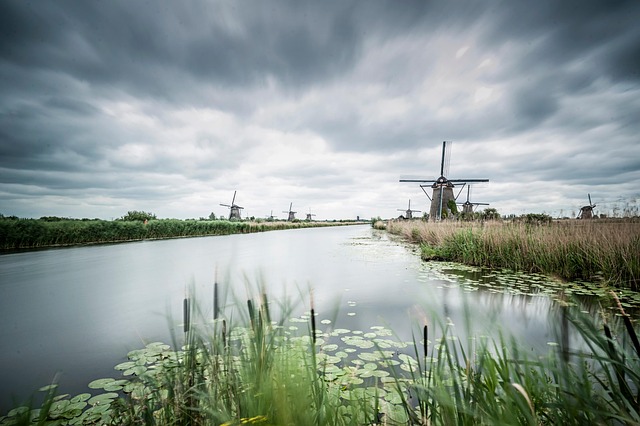Long exposure photography is a captivating technique that allows photographers to capture the passage of time in a single image, transforming ordinary scenes into stunning visual narratives. By using a slow shutter speed, you can create a beautiful blur of motion, revealing the hidden dynamics of the world around us. Imagine standing by a tranquil river, watching the water flow like silk, or capturing the ethereal glow of traffic trails on a bustling city street after sunset. This is the essence of long exposure photography.
To master this art, first, you’ll need a reliable camera capable of manual settings. A DSLR or mirrorless camera is ideal, as it allows you to adjust the shutter speed, aperture, and ISO specifically for long exposure. Invest in a sturdy tripod to keep your camera steady and avoid any shake that could ruin your shot. This is crucial when working with prolonged exposure times, which can range from a few seconds to several minutes.
Understanding your optics is equally important. The choice of lens can dramatically affect the outcome of your long exposure shots. A wide-angle lens is perfect for landscape photography, while a telephoto lens can help compress scenery and create a unique perspective. Additionally, consider using neutral density filters to manage light entering the lens. These filters reduce the amount of light hitting the sensor, allowing for longer exposure times without overexposing your image.
When setting up for a long exposure photo, select your scene and composition carefully. Look for elements that convey movement, such as flowing water, swaying trees, or moving clouds. Position your camera on the tripod, and set your exposure parameters. A good starting point is using a shutter speed of several seconds, decreasing it further based on lighting conditions. Remember, experiment with different settings to achieve the desired level of smoothness or drama in your images.
One of the most rewarding aspects of long exposure photography is the element of surprise. Some moments can only be appreciated through the lens, and adjustments to your technique as you review your captures will lead to growth in your photography skills. Look for opportunities to shoot at different times of the day, especially during the golden hour or blue hour, when lighting conditions can add ethereal qualities to your photographs.
Sharing your long exposure work can further deepen your connection to this photography style. Create an online portfolio or social media presence dedicated to your long exposure pieces. Engage with other photographers and enthusiasts who appreciate the intricacies of this technique, and take part in forums or workshops focused on exposure methods. This community can provide motivation, constructive critique, and inspiration for your future projects.
As you immerse yourself in long exposure photography, remember that the journey is just as important as the final image. Each photograph tells a story, a moment forever captured in time, waiting for you to uncover its beauty. With patience, practice, and a willingness to experiment, the art of long exposure photography can unlock a world of stunning visuals that resonate with both the artist and the audience.



